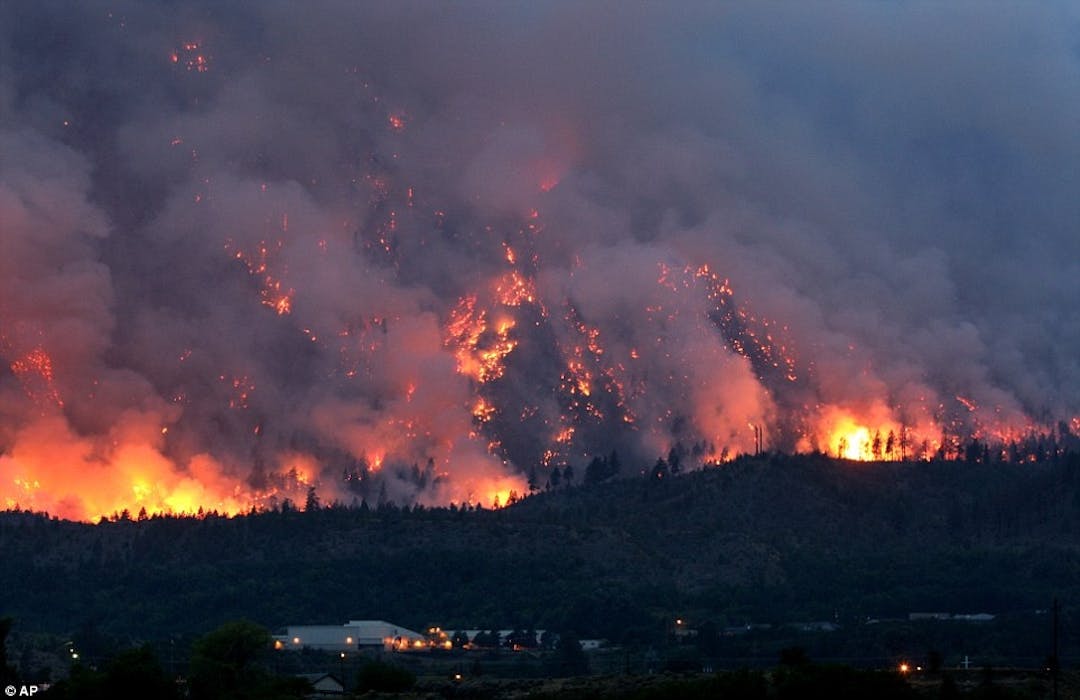Share Evacuation Route Plan for Electoral Area E complete on Facebook
Share Evacuation Route Plan for Electoral Area E complete on Linkedin
Email Evacuation Route Plan for Electoral Area E complete link
The Evacuation Route Plan for Electoral Area E is complete and can be viewed on the RDN website at https://www.rdn.bc.ca/evacuations(External link). The Evacuation Route Exercise Get Involved page will be archived in two weeks on July 6, 2020.
The RDN would like to thank those who participated in the exercise on February 13, 2020. The exercise compared vehicle headways from the traffic modelling scenario developed has part of the Evacuation Route Plan to actual driver behaviour. The traffic modelling scenario used ICBC recommendations of a 2 second gap in between vehicles therefore an approximation of 9.7 seconds for a vehicle to pass stop-controlled intersections, the observed time during the exercise indicated approximately 6.5 seconds with a difference of 3.2 seconds. This indicates that the total time required to evacuate in the completed evacuation route plan, may be somewhat conservative and in an actual evacuation, the time required could be slightly less subject to general preparedness.
Thanks again for your participation and helping us validate the results of the plan!
Share RDN to Develop Small and Large Scale Evacuation Plans on Facebook
Share RDN to Develop Small and Large Scale Evacuation Plans on Linkedin
Email RDN to Develop Small and Large Scale Evacuation Plans link
An area of the region with transportation challenges will take a closer look at evacuation route planning.
The Regional District of Nanaimo and the District of Lantzville were each approved for $25,000 Community Emergency Preparedness Fund grants from the B.C. Ministry of Transportation and Infrastructure, according to an RDN press release.
Share RDN Seeks Funding to Help Plan Evacuation Routes for Nanoose Bay on Facebook
Share RDN Seeks Funding to Help Plan Evacuation Routes for Nanoose Bay on Linkedin
Email RDN Seeks Funding to Help Plan Evacuation Routes for Nanoose Bay link
If disaster strikes, there is a concern communities in Nanoose Bay, Lantzville and the Snaw-Naw-As First Nation will experience delayed emergency response times due to access issues.
The Regional District of Nanaimo wants to address this and the board, at a meeting earlier this month, agreed to seek funding to create emergency evacuation plans.
Share Evacuation Route Planning Grants Awarded on Facebook
Share Evacuation Route Planning Grants Awarded on Linkedin
Email Evacuation Route Planning Grants Awarded link
News Release - March 4, 2019
Evacuation Route Planning Grants Awarded
The Regional District of Nanaimo (RDN) and District of Lantzville are pleased to each be successful applicants of the $25,000 Community Emergency Preparedness Fund Grants from the Ministry of Transportation & Infrastructure, Province of BC. This provides funding for the creation of a combined Evacuation Route Plan for Lantzville, Electoral Area E (Nanoose) of the RDN and Snaw-Naw-As First Nations. The collaboration on this project will allow for consistent communications during evacuations and a more comprehensive plan with coordinated multi agency response to evacuation needs.
"We have worked since 2010 to continuously improve emergency preparedness planning for the Nanoose area of our region with the District of Lantzville and Snaw-Naw-As First Nations," said Chair Ian Thorpe. "This grant is appreciated from the Province and a great example of how various levels of government can work together to help residents be better prepared for emergencies."
Efficient and safe evacuation routes are needed for the movement of people, livestock, animals and personal property from an area of imminent or actual threat to an area of safety. Successful and detailed planning is the key to effectively executed evacuations when an event occurs that requires these actions. The project will consider both small evacuation scenarios and how to coordinate a mass evacuation of the communities. In creating pre-planned evacuation routes and making the plan available to the community in advance of an emergency will give residents an opportunity to prepare and understand what the evacuation route plan is and how best to evacuate their neighbourhoods and communities. Evacuation route planning aims to identify roles and responsibilities, populations, assembly points, traffic patterns, transportation, routes, emergency social services (ESS), communication and more.
To help be prepared and to learn more about the RDN's Emergency Program, visit www.rdn.bc.ca/emergency-program(External link). If you have not yet, be sure to sign up to receive all RDN emergency notifications by email, phone or text at rdnemergency.connectrocket.com(External link).





